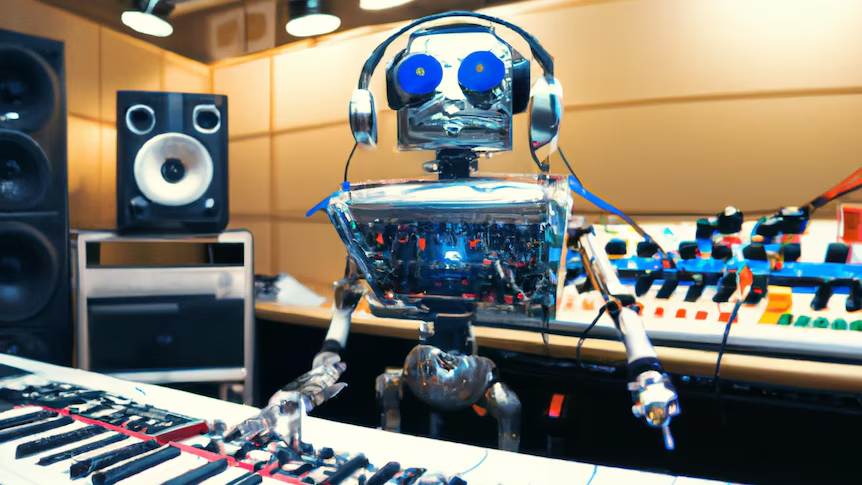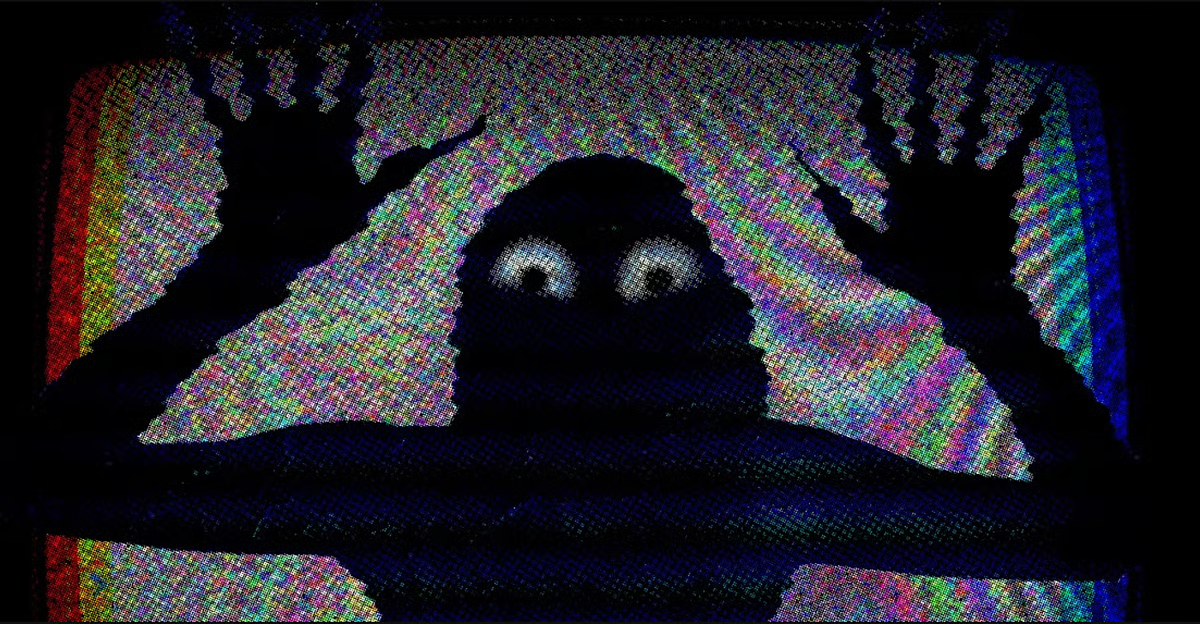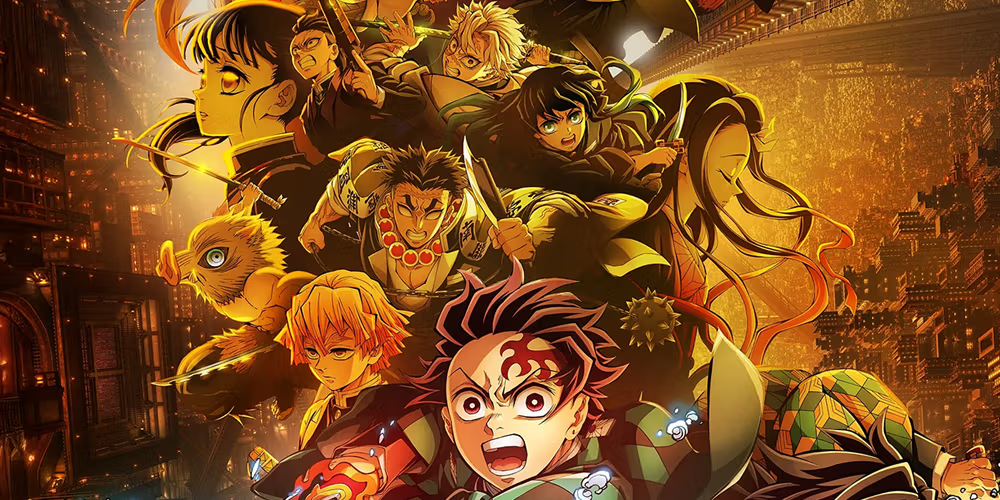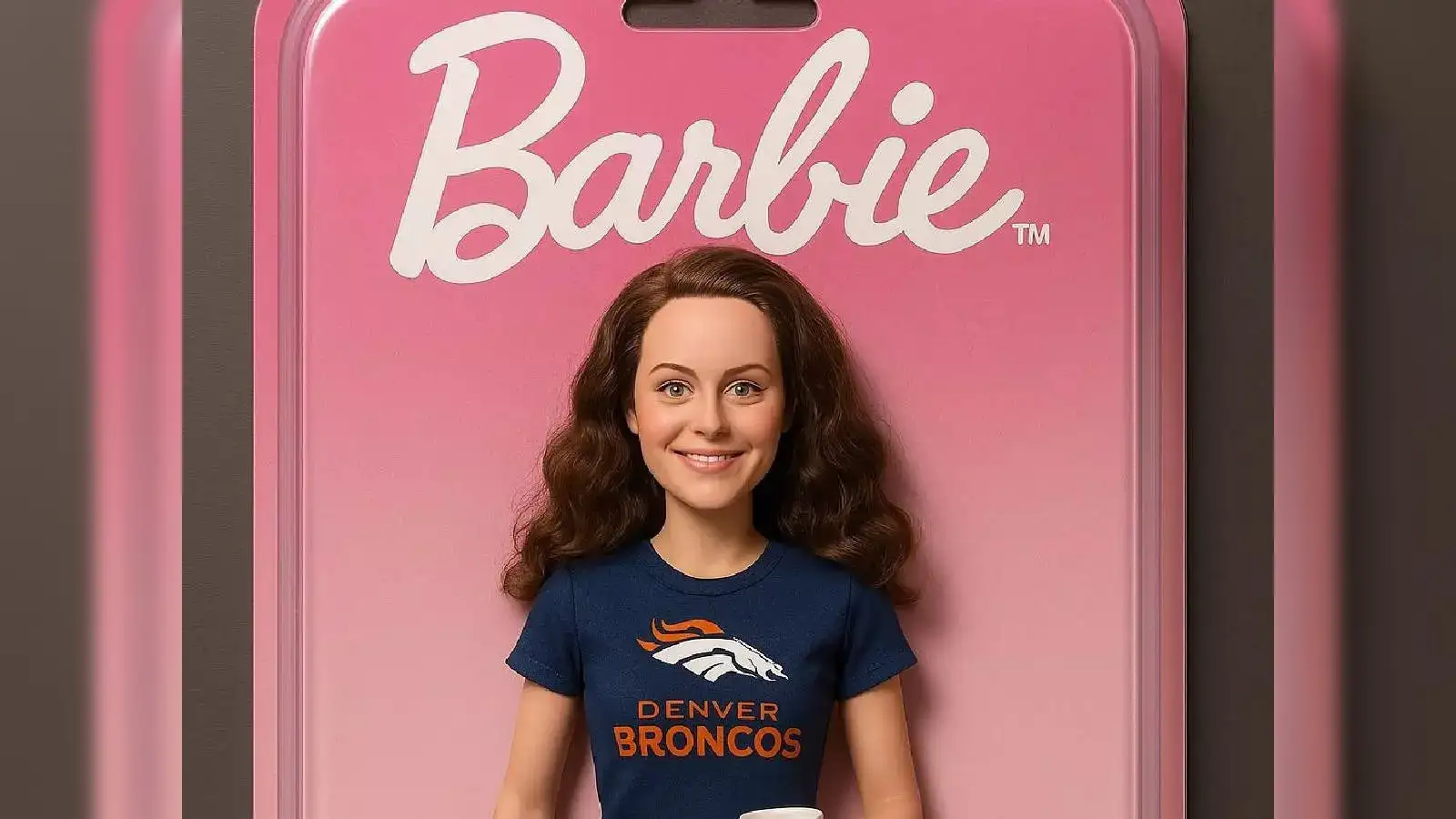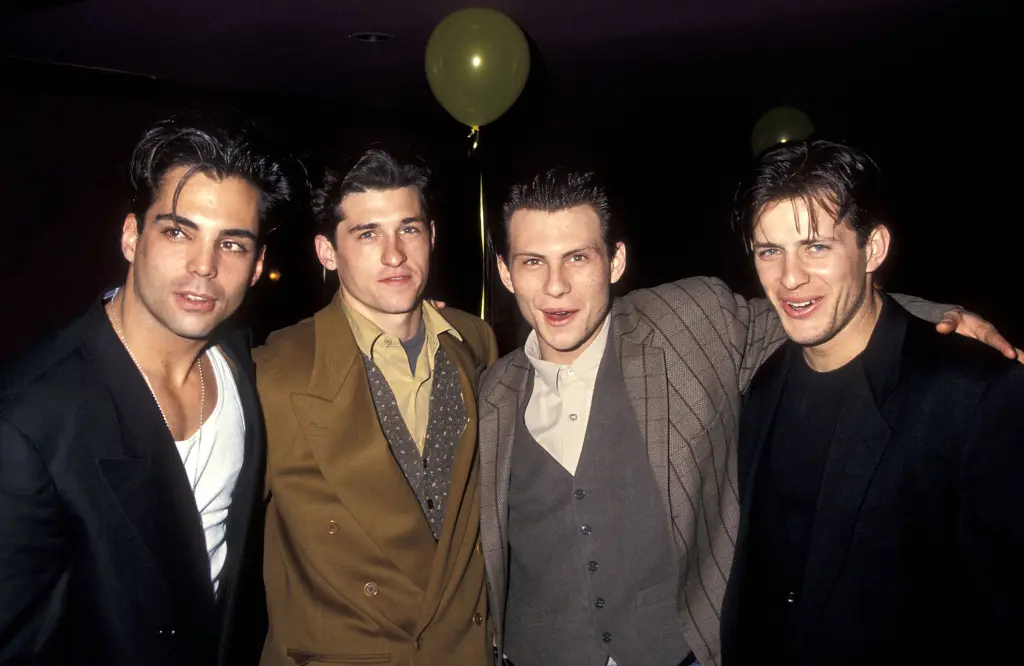In 2025, pop music is undergoing a radical transformation — not just in how it’s consumed, but in how it’s created. Artificial intelligence is moving from the margins into the studio as co-creator: AI is no longer a gimmick or afterthought, but a collaborator in composition, sound design, and live performance. A recent study categorized hundreds of works employing AI in music — from lyric generation to co-composition — demonstrating that artists now mingle human expression with algorithmic suggestion. Rather than replace artists, AI tools are expanding creative possibility, enabling bolder genre blends, multilingual hooks, and musical ideas that surprise even their makers.
This shift raises provocative questions about authorship and authenticity. When a hit chorus springs from a model trained on thousands of songs, who gets credit — the artist, the coder, the dataset? Some artists are transparent: they attribute AI contributions in liner notes, treating algorithms like additional band members. Others are more subtle, folding AI input into revisions until it’s indistinguishable from their own voice. Critics warn of over-homogenisation — if many artists use the same models, will pop music start to feel artificially uniform? The balance lies in designing AI that amplifies individuality instead of suppressing it.
For industry professionals, creators, and fans interested in the future of pop, this AI-pop alchemy speaks directly to E-E-A-T (Experience, Expertise, Authoritativeness, Trustworthiness). The most compelling AI-augmented works are those that document their process: which models were used, how prompts were crafted, how human edits sculpted the final track. Transparent crediting bolsters trust; peer or critical acknowledgement of AI’s role builds authority; and artists who skillfully integrate machine suggestion while maintaining emotional resonance show experiential mastery. As pop music evolves in 2025, the most celebrated songs may be those where human soul and silicon suggestion dance in harmony.
